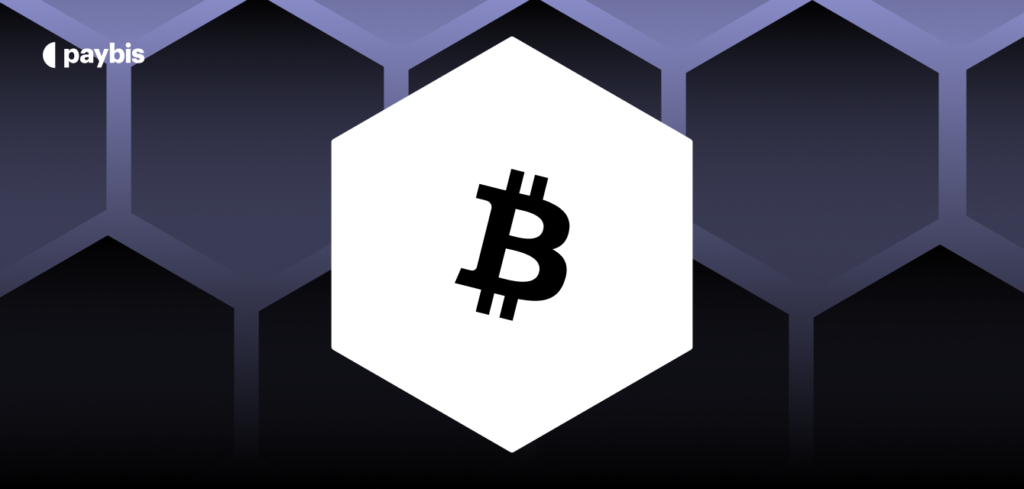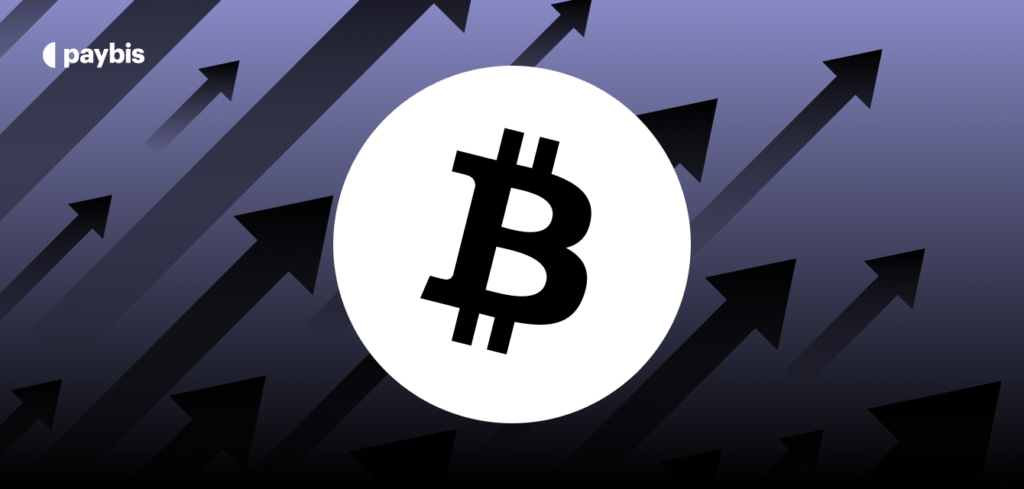Maximum Supply
Maximum supply refers to the total number of coins or tokens that will ever exist for a particular cryptocurrency. This limit is typically predefined by the cryptocurrency’s protocol and cannot be altered. Understanding maximum supply is essential for grasping how cryptocurrencies derive their value and how they are perceived in the market.
Table of contents
What is Maximum Supply?
The maximum supply of a cryptocurrency refers to the maximum number of coins or tokens that will ever be created. Some cryptocurrencies have a finite maximum supply, while others have no maximum supply, meaning that the number of coins can increase indefinitely. It contrasts with the total supply, which includes all coins currently in existence (including those not yet circulating), and the circulating supply, which only counts the coins currently available on the market.
What is the Importance of Maximum Supply?
The concept of maximum supply is integral to the economic model of cryptocurrencies.
It directly influences scarcity, a key factor in determining value. A fixed maximum supply can control inflation by limiting the number of new coins introduced into the system.
This scarcity model often bolsters investor confidence, as it ensures that the asset cannot be devalued by an endless supply.
Examples of Cryptocurrencies with Maximum Supply
Bitcoin is the most prominent example, with a maximum supply capped at 21 million coins. This limit is hard-coded into Bitcoin’s protocol and is expected to be reached around the year 2140.
Other notable cryptocurrencies with fixed supply limits include Litecoin (84 million) and Cardano (45 billion).
These predefined limits are fundamental to the respective value propositions of these digital assets.
What are the Methods for Controlling Token Supply?
Cryptocurrencies use various mechanisms to manage and control their supply. The following are examples of how it can be done:
- Halving: Bitcoin employs a process called halving, which reduces the reward for mining new blocks by half approximately every four years. This process slows the rate at which new bitcoins are created, contributing to its scarcity.
- Burning: Token burns are another method used, where coins are intentionally destroyed to reduce the total supply. This can be done periodically or as a one-time event to decrease the number of circulating tokens, potentially increasing the value of the remaining tokens.
What are the Advantages of a Maximum Supply?
The following are some of the benefits that comes with the creation of crdvantages of a Fixed Maximum Supply in Cryptocurrencies
- Predictability and Transparency: A fixed maximum supply provides clear, predictable parameters for the total number of coins or tokens that will ever exist. This predictability is important for investors and users, allowing them to make informed decisions based on a known quantity rather than speculating on future supply changes.
- Scarcity: Ensuring a limited supply drives demand, as users and investors perceive the limited nature of the asset as a guarantee of long-term value preservation. This scarcity model often bolsters investor confidence.
- Inflation Control: By limiting the number of new coins introduced, cryptocurrencies with a fixed supply inherently guard against inflation, preventing the currency’s devaluation common in fiat currencies where central banks can print unlimited amounts of money.
- Investor Confidence: A fixed supply boosts confidence by providing assurance that the value of their holdings will not be diluted by an increase in supply. This attracts more investors, fostering a stable and growing market.
- Economic Stability: A capped supply offers a more stable economic environment by preventing the devaluation associated with excessive money printing. This stability makes cryptocurrencies attractive as a store of value and a medium of exchange.
- Encourages Long-Term Holding: With a fixed supply, users are incentivized to save rather than spend immediately, expecting the currency’s value to increase over time.
Browse the Paybis Glossary to master more web3 lingo!
Alternatively, explore related terms and articles below.
Disclaimer: Don’t invest unless you’re prepared to lose all the money you invest. This is a high‑risk investment and you should not expect to be protected if something goes wrong. Take 2 mins to learn more at: https://go.payb.is/FCA-Info


